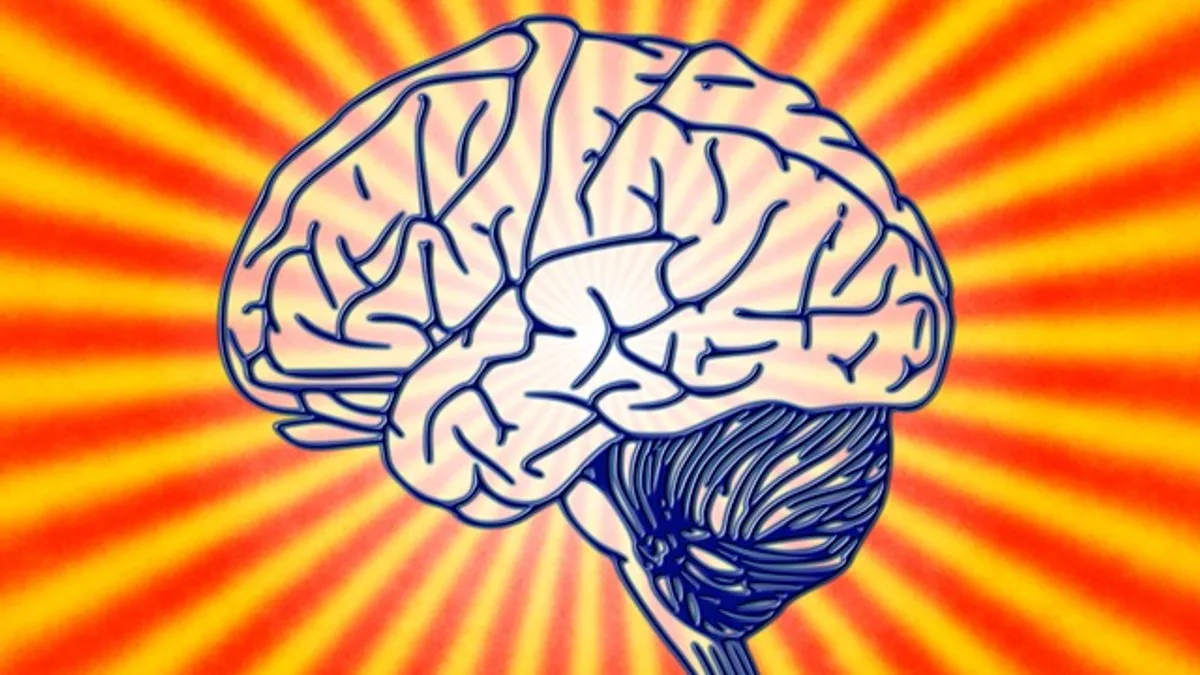Dive Brief:
- Recent research into the neuroscience of education finds that strategies like personalized learning and hands-on projects may help students learn better.
- As a result, some districts have begun to implement neuroscience-driven instructional strategies.
- The Metropolitan School District of Washington Township in Indianapolis, for example, has implemented quiet breaks throughout the day for students as a result of research into the effect of stress on their ability to learn.
Dive Insight:
Neuroscience research has disrupted many traditional notions of students’ learning ability — especially the idea that traits like IQ or ability are set in stone. Much of the research districts are using reveals just how much context and classroom structure can influence what students are able to learn and retain.
“The child who we have failed in past years, the child who fell through the cracks—I honestly believe now, it wasn’t that good teachers failed them, we just didn’t have the skills we needed to reconfigure their brain,” said Vickie Reed, the superintendent of Georgia's Murray County Schools, which has implemented a neuroscience-based reading program for low-income students. “But the brain can be reconfigured and, now, we’re going to have fewer children falling through the cracks and more children graduating from high school.”
For students starting out behind or who have fallen behind, in particular, the benefits can be huge. New innovations in the neuroscience of education have opened the possibility that young children predisposed to reading problems could be identified early, even before they learn to read. Parents can get their children tested, using an electroencephalogram (EEG) that can show differences in students’s brains tied to dyslexia or autism. Some districts have begun to see rises in test scores, as well.







 Dive Awards
Dive Awards







